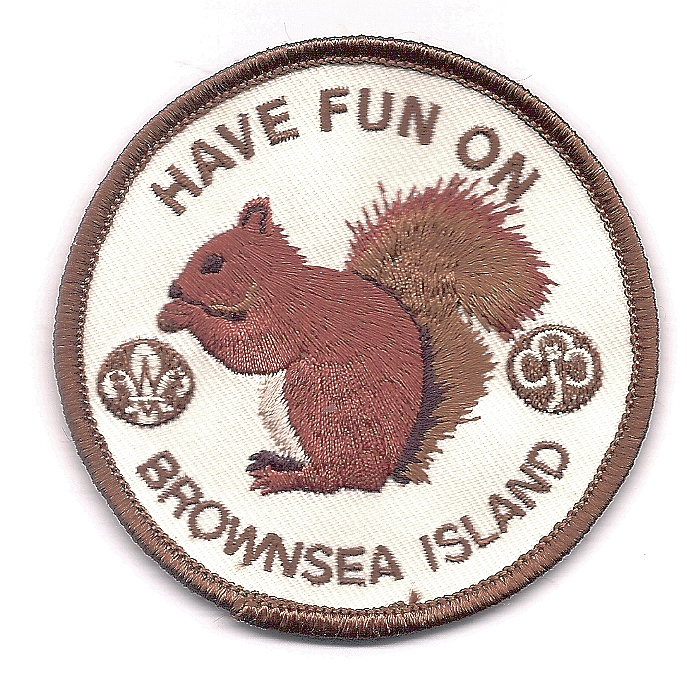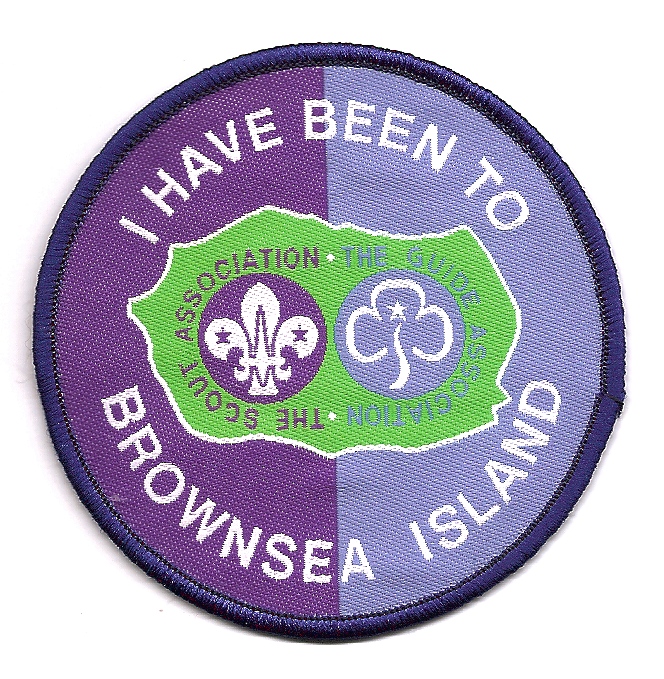|
| |
On a visit to southern England, Mr. and Mrs. Bickel stopped for a few hours at Brownsea Island, at Poole, UK, April 23, 2014.
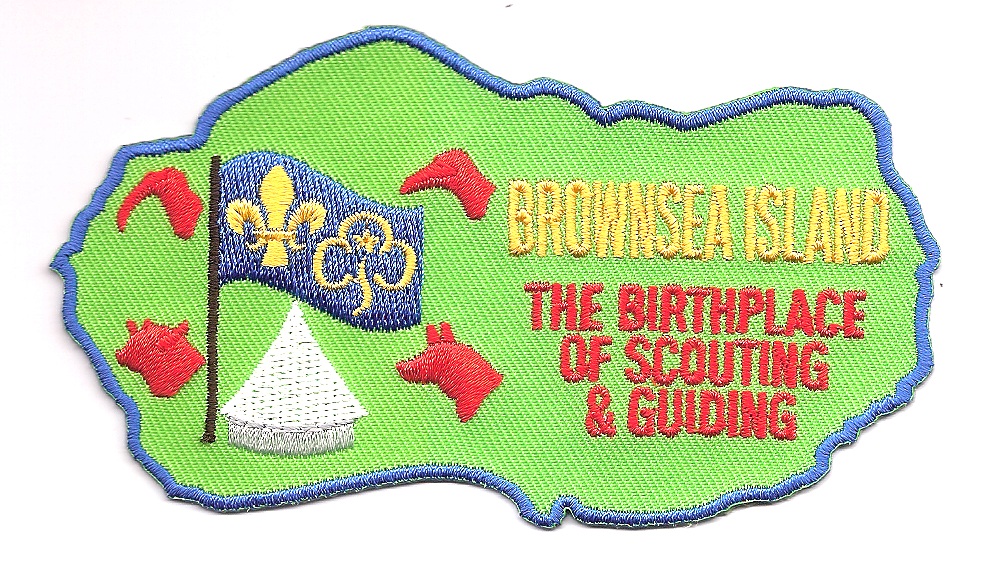
If you have been associated with Boy Scouts for any length of time, you have heard or read the term "Brownsea Island" at some point. You might even
know that the first Boy Scout outing was conducted here in 1907 by Lord Baden-Powell, thus starting the Scouting movement. That story is not
recounted here -- it can be found in many places. Curiously, no one seems to include images of this almost legendary place. So here is
a short description and some pictures from our April 23, 2014 visit.
Brownsea Island is located off the south coast of England, on the English Channel, just offshore from Poole, Dorset, UK. The island is a about a miile and a half long and
one mile wide. The entire island is owned by the National Trust. The
northern part of the island is maintained in a natural state by the Dorset
Wildlife Trust with a walking trail (we didn't take that on our visit). Access to the island is via passenger ferry from Poole Quay, at the harbor, across from the Lord Baden-Powell statue. From the number of seats on the ferry boats, this must be a popular daytime destination during the summer months.
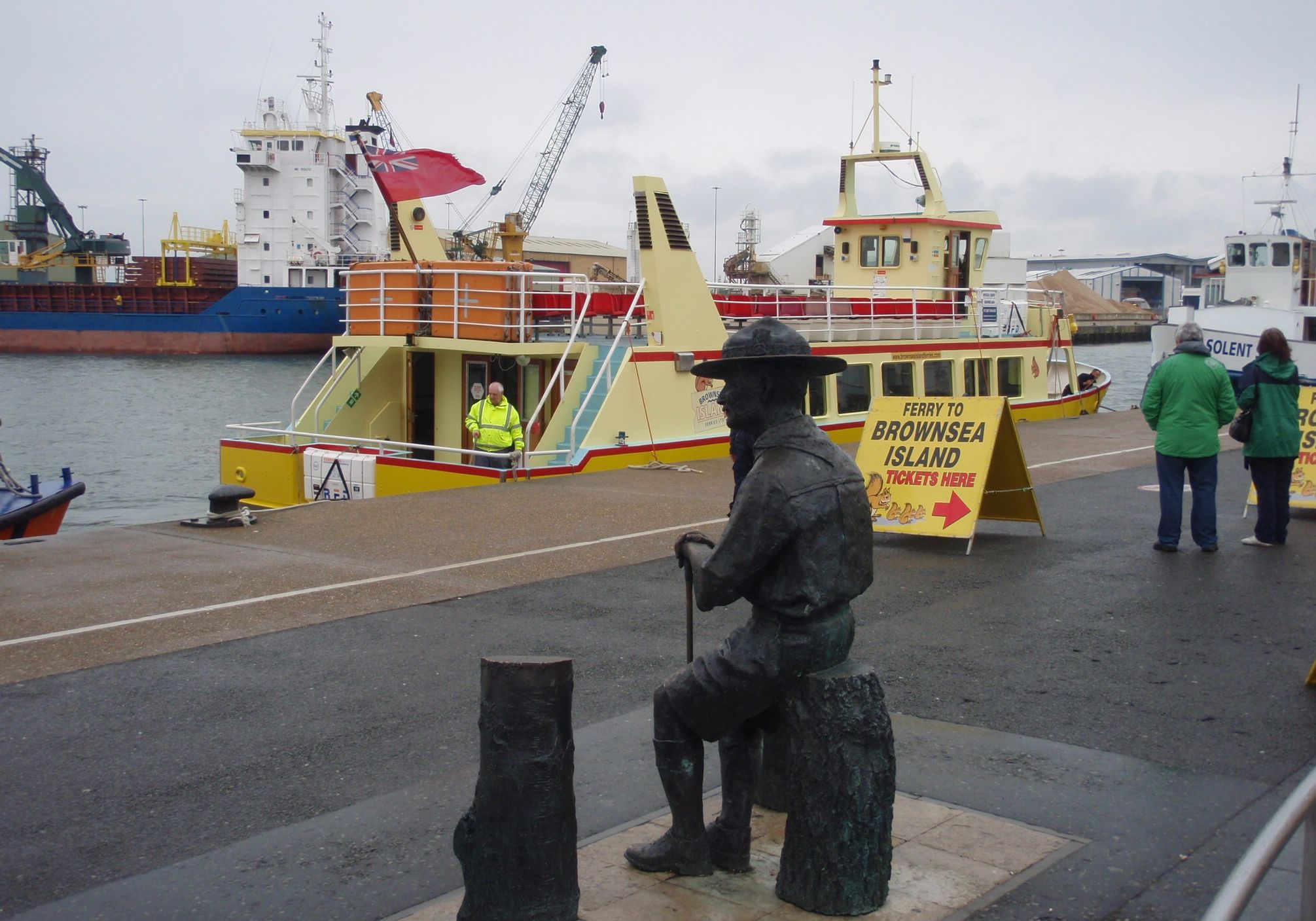
It was not so when we visited. A drizzly, cool, gray, Thursday morning, on the first boat out, there was only one other family besides ourselves. We paid the
National Trust entrance fee on arrival near the "castle" (more of a manor house, no access) and spent a few minutes looking around the shop (no Boy Scout items there). Umbrellas at the ready -- in case it started raining harder, as it did in the early afternoon on the ferry back to Poole -- we walked along the path across the center of the island.
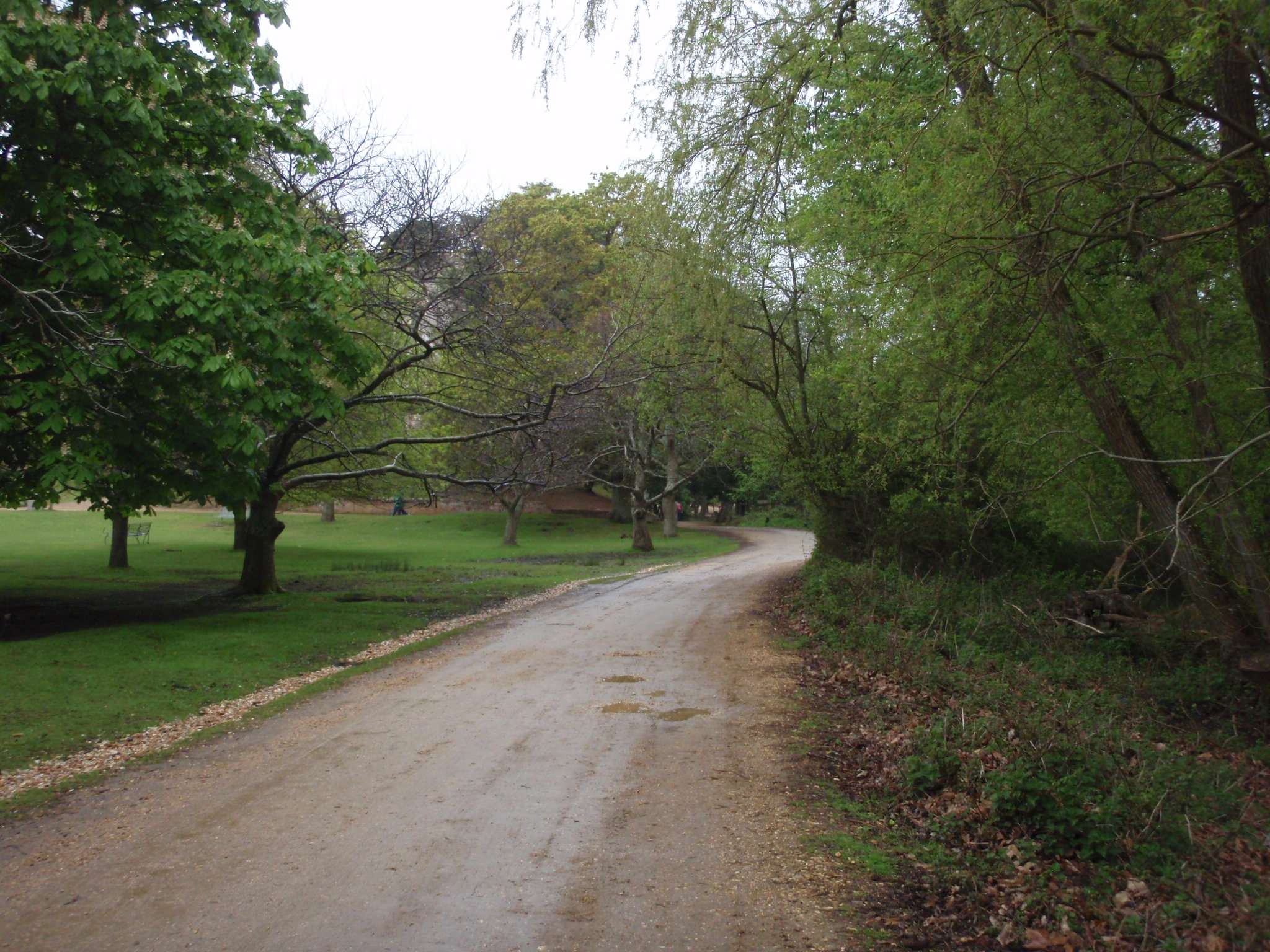
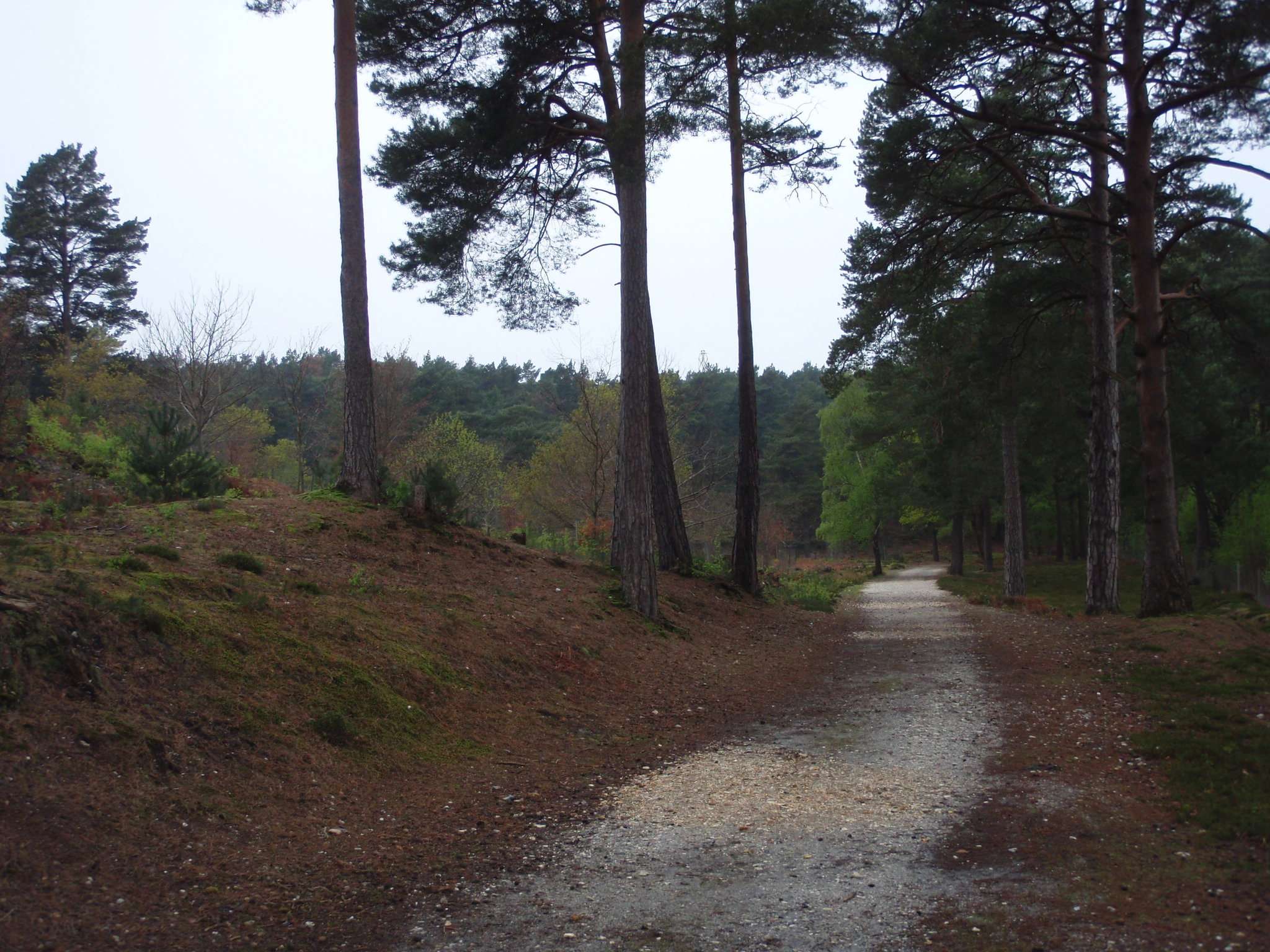
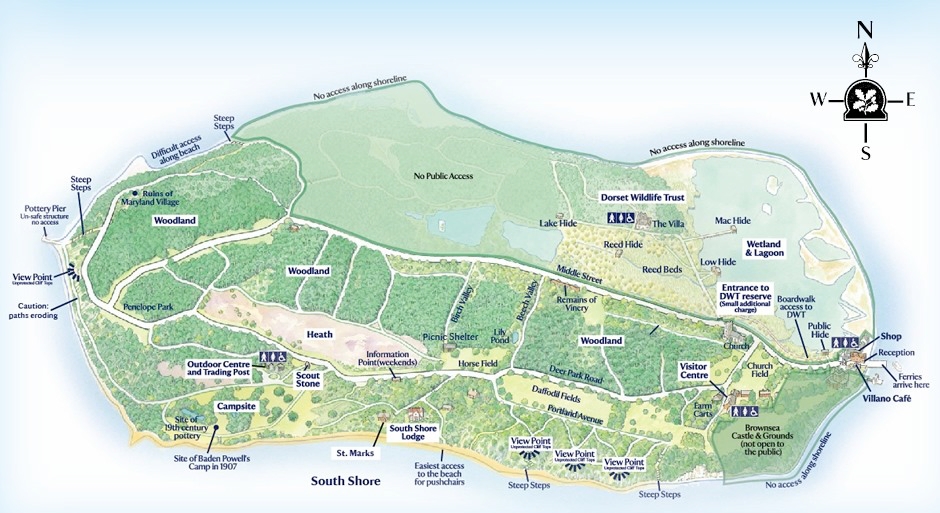
Along this path is the Bat Hibernaculum. These must be small bats, judging by the size of the openings near the top. No doubt the shelter provides
protection, and heat as the masonry warms up from the sun during the daytime and radiates it at night.
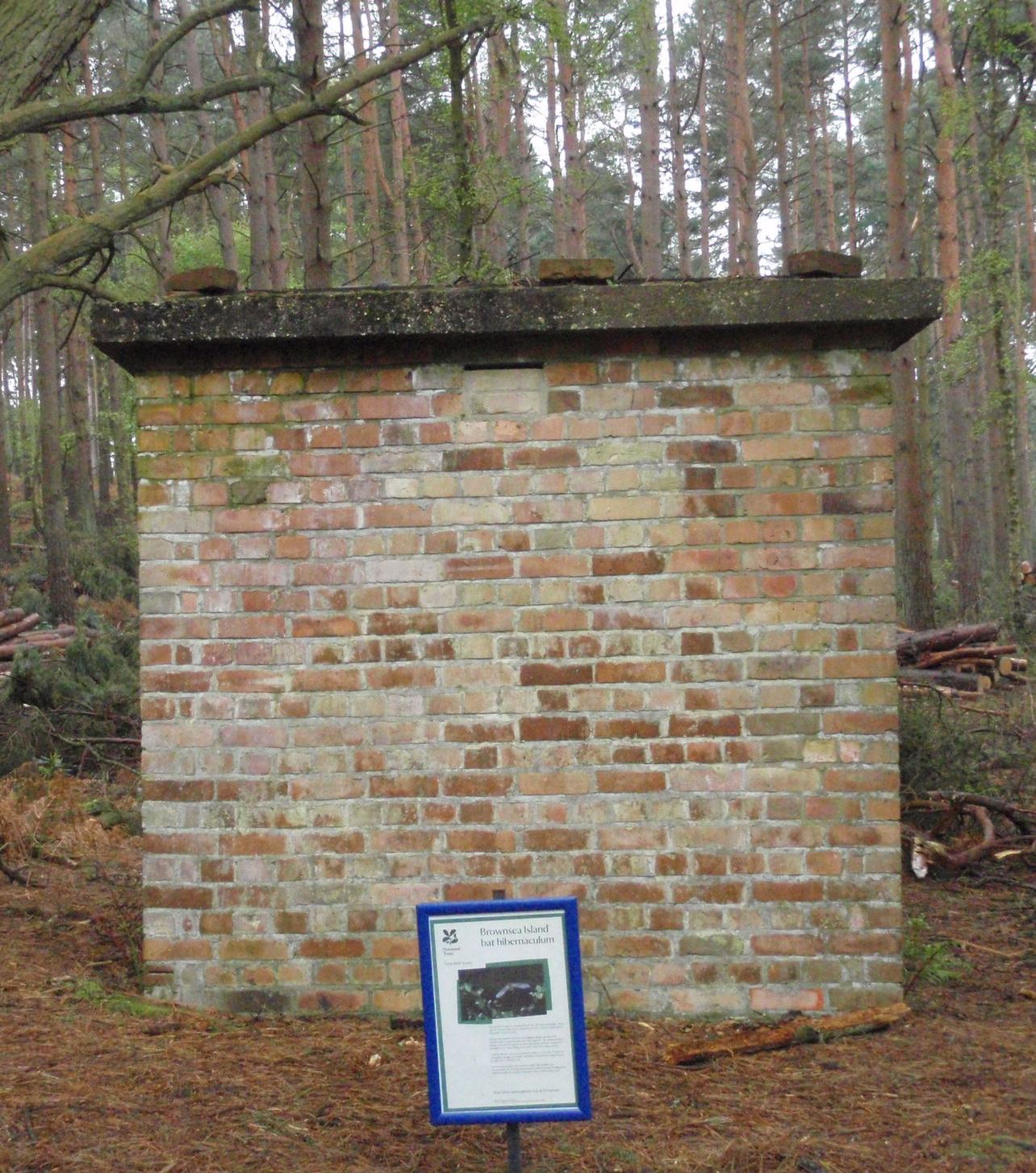
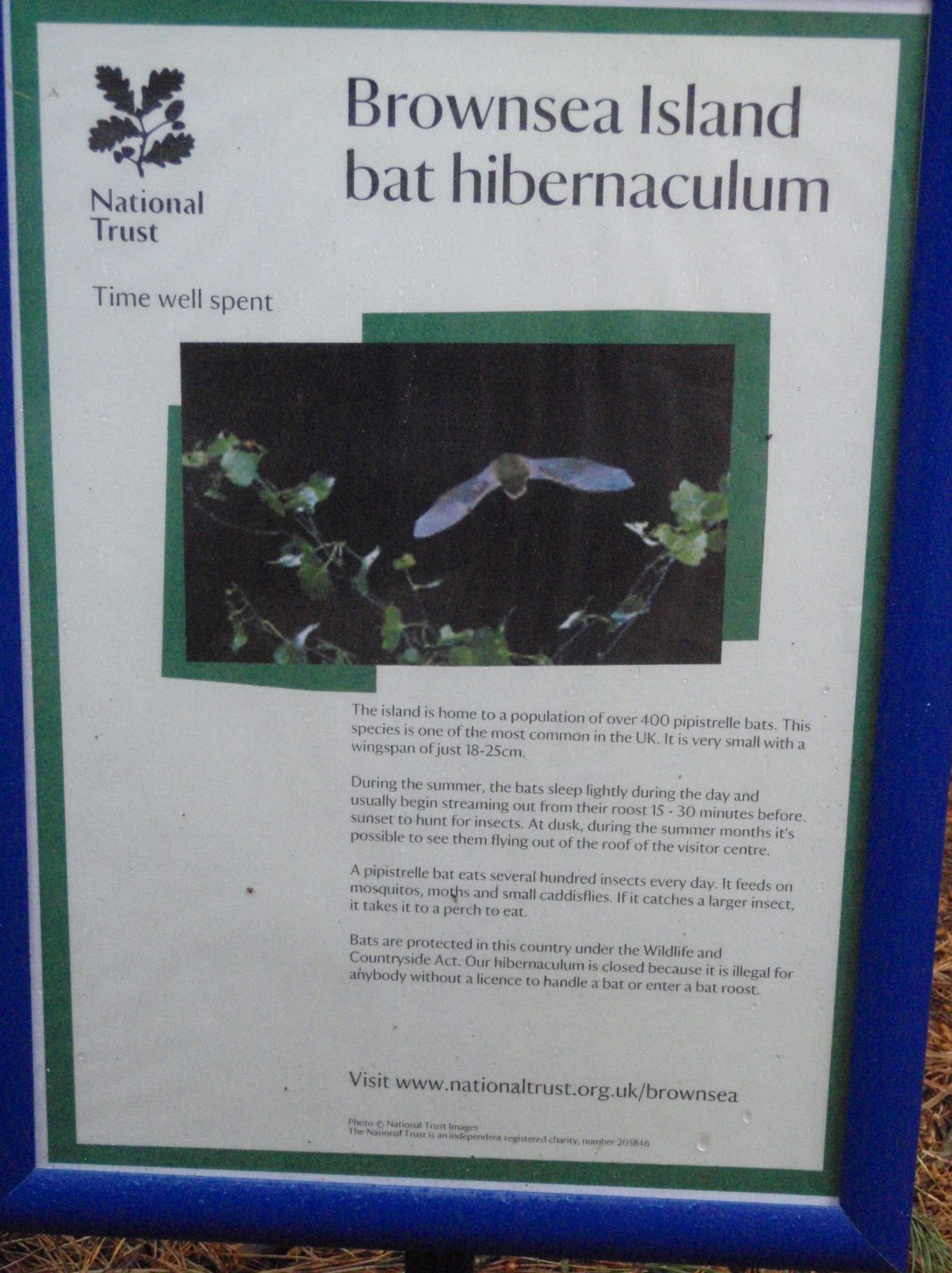
Further on, taking the path left to the shore and then right to avoid a muddy path, we came to the remnants of Maryland Village. This was a small
clay mining operation used for making pottery. Today there is little left beyond the foundations of a few buildings.
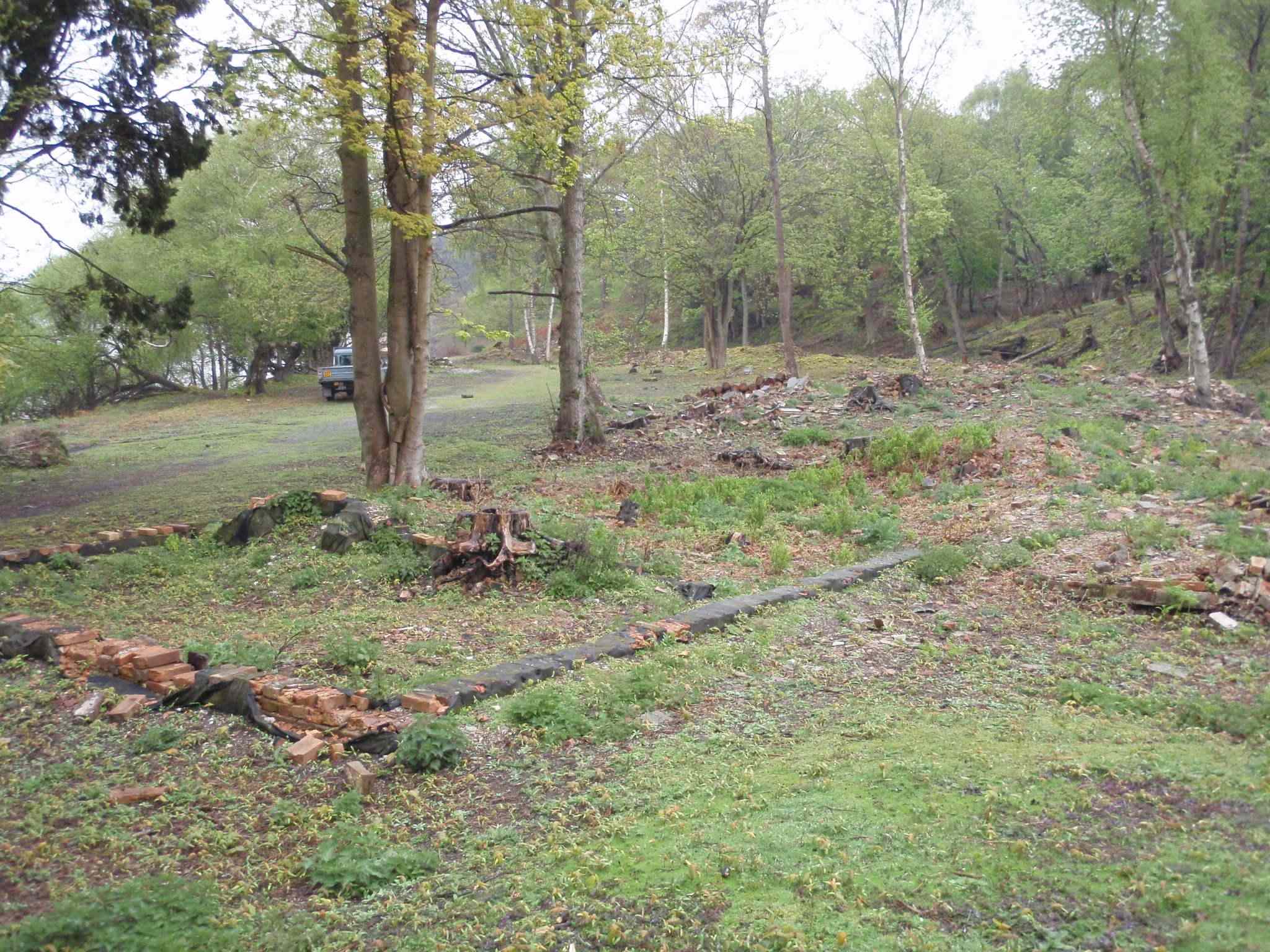
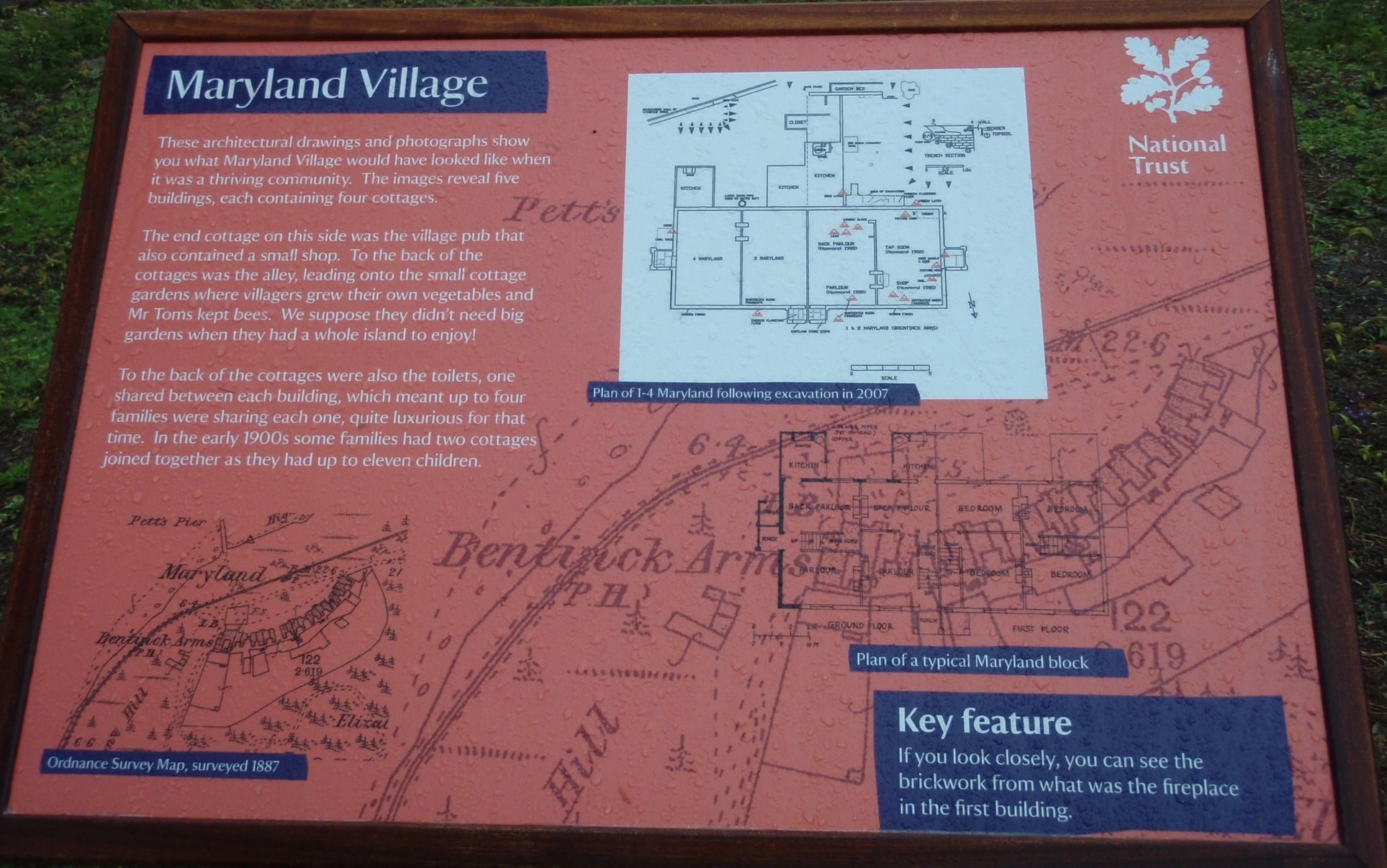
-
PFollowing the path wesward, we came to the Scouting Stone that commemorates the first Boy Scout experimental camp in 1907. The
streaks on the stone come from water trickling over the top (drizzling, remember?).
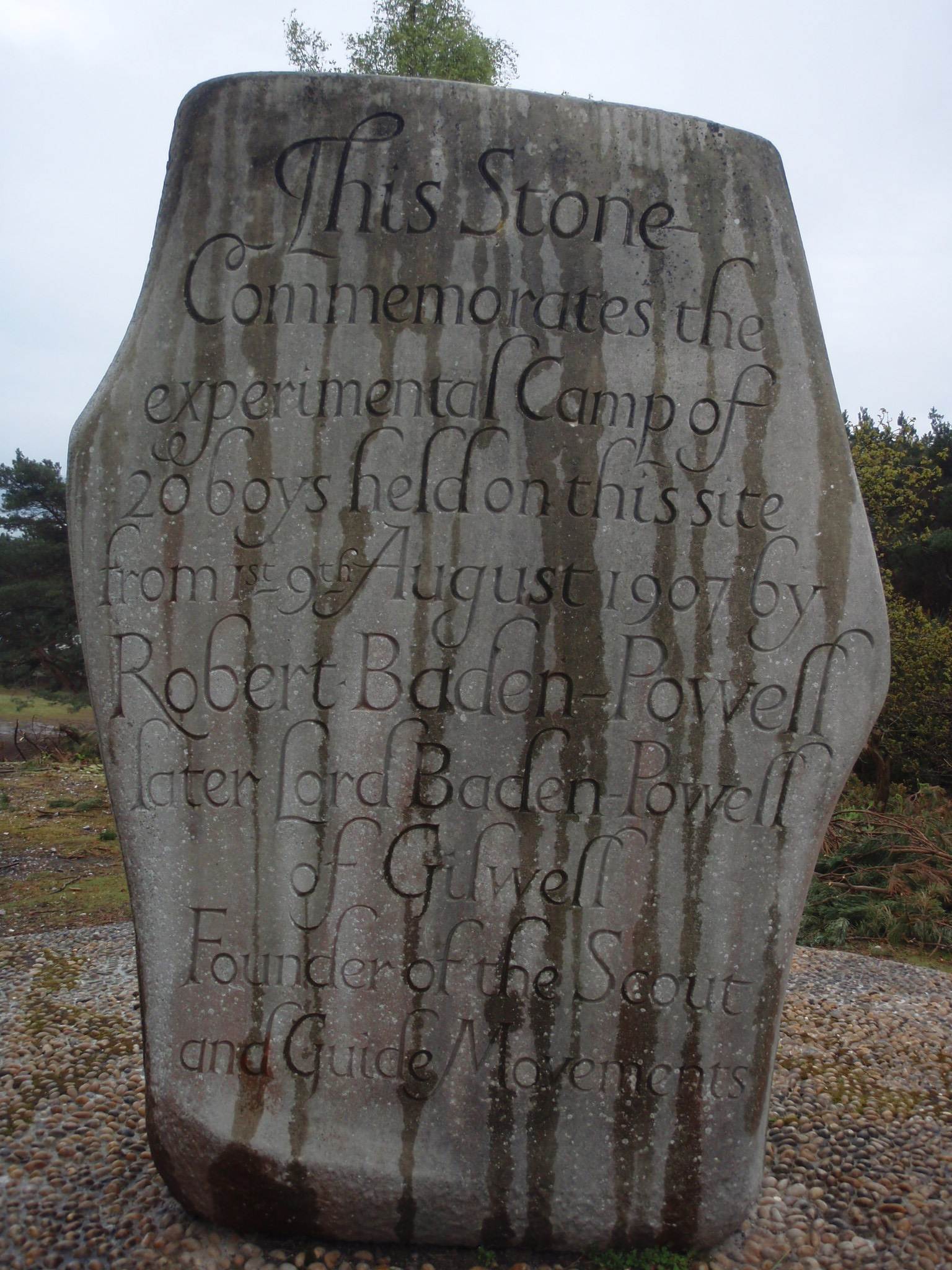
And just down the slope is the field where it all happened, with a flagpole marking the spot.
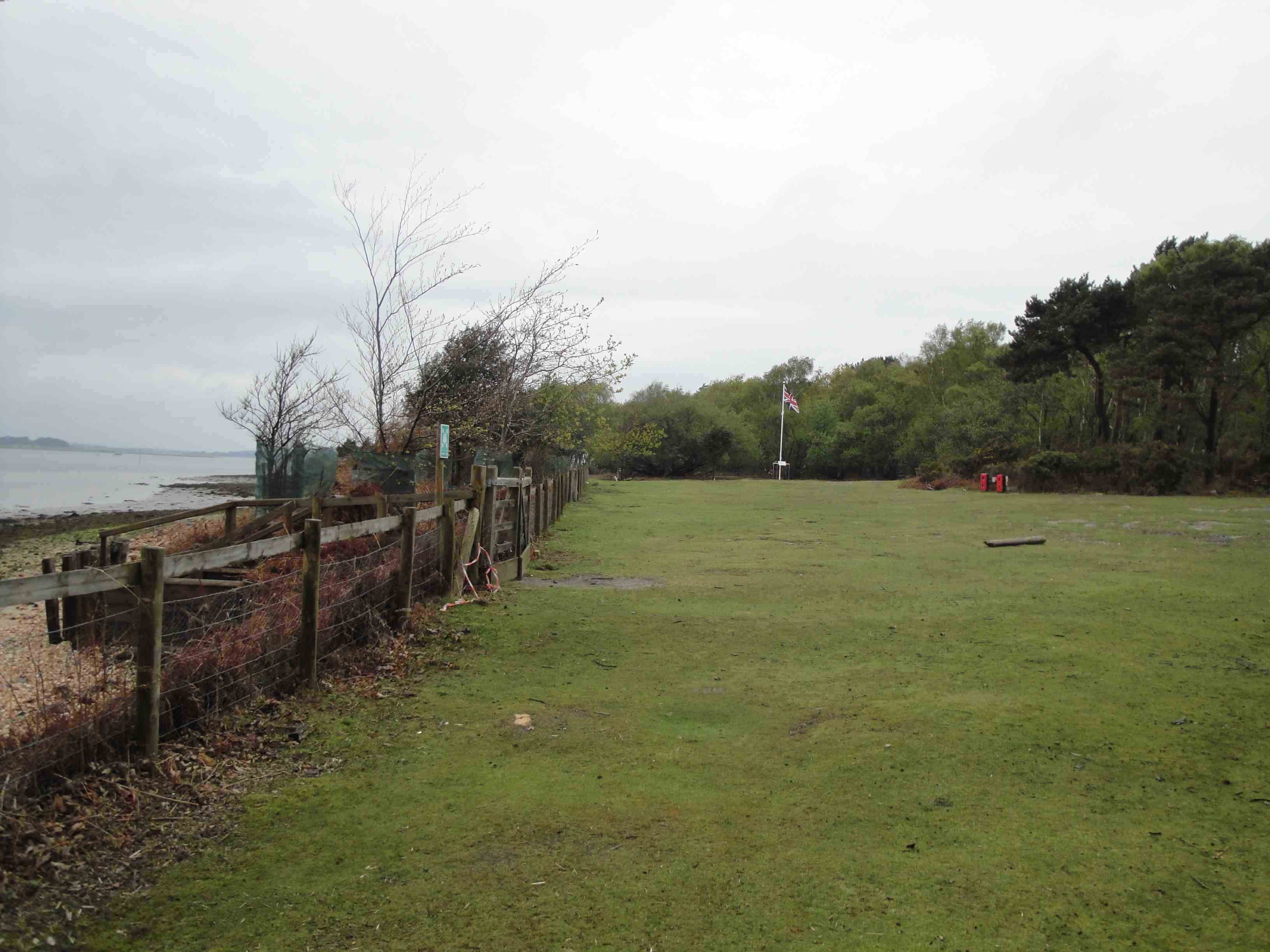
Signs on the flagpole:
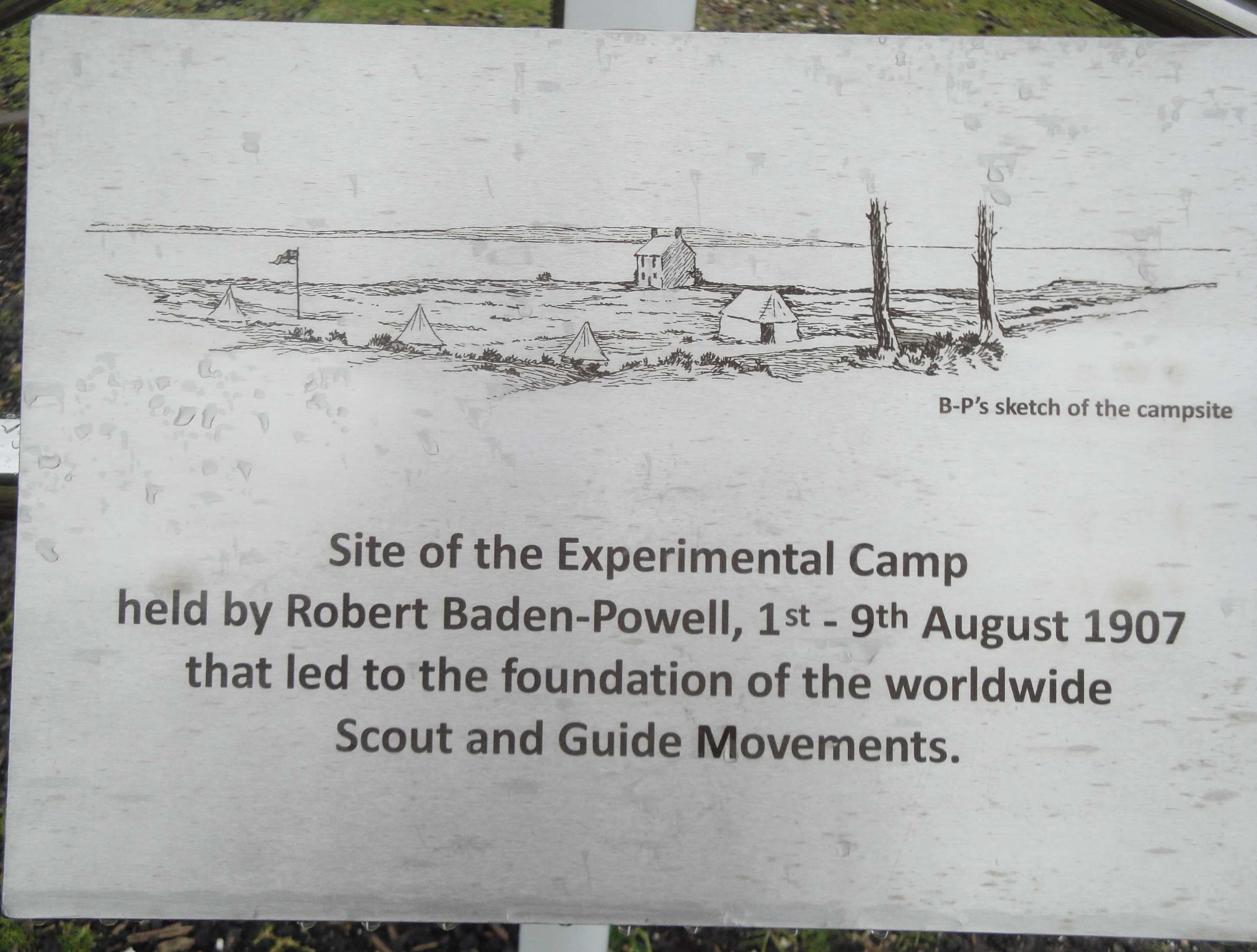
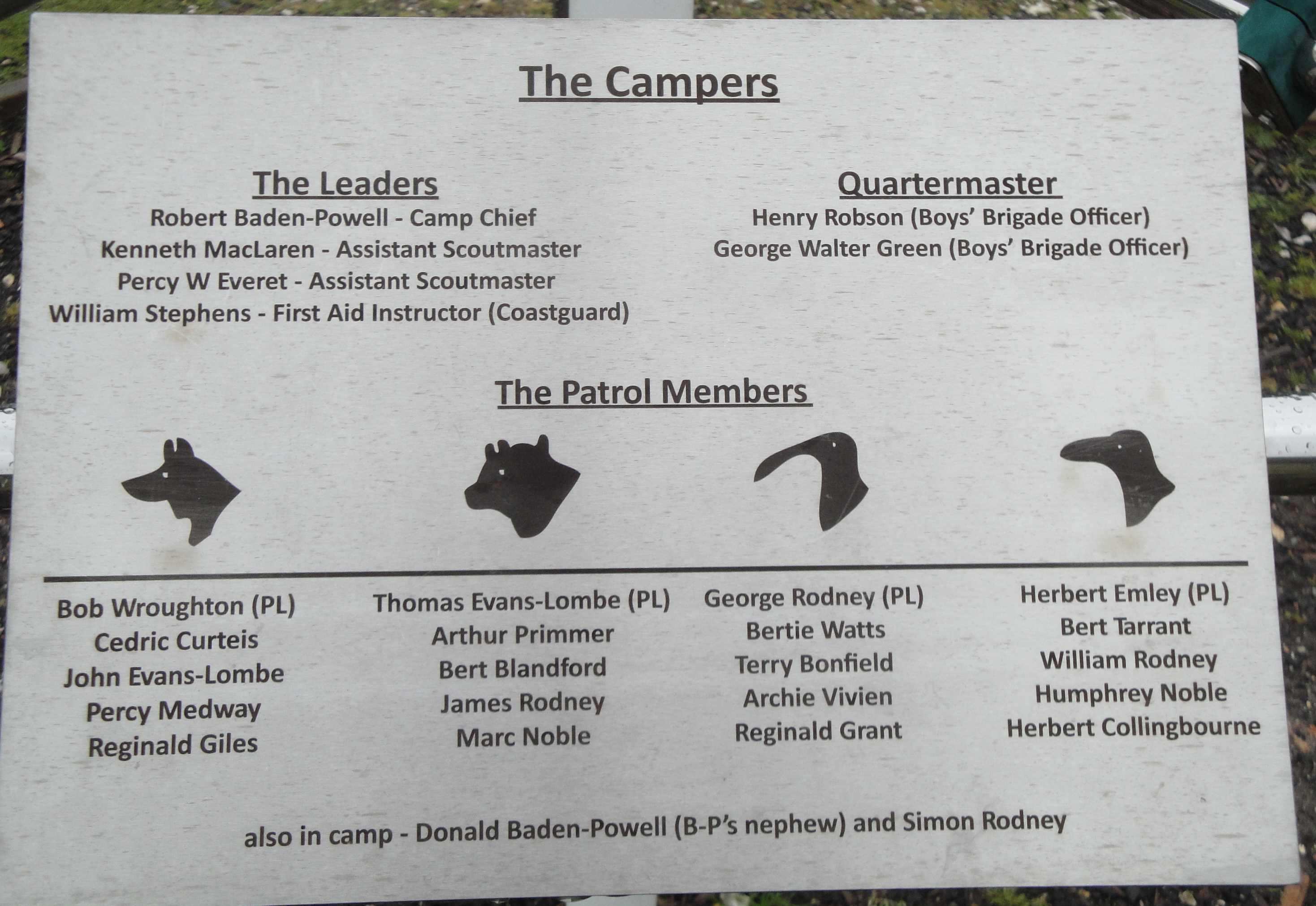
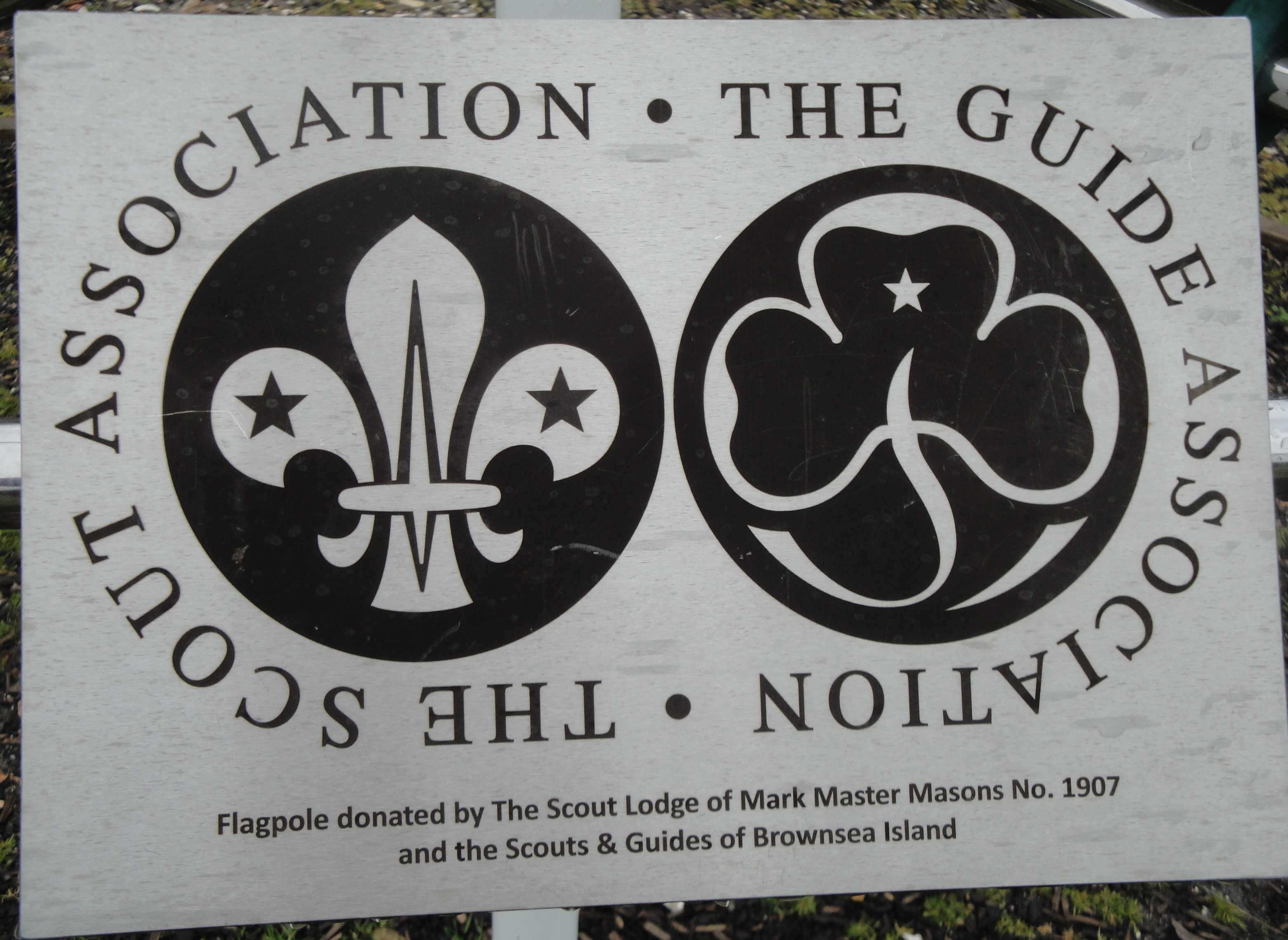
There is also a scout building and a scout trading post nearby, nothing special to look at from the outside. Both were closed when we were there. However,
the shop does have an online site (see below) from where I ordered patches after our visit.
One thing that I did not previously mention, is that all over the island (or more precisely the part outside the wildlife preserve), a lot of healthly, good sized
trees had been felled and cut up. A LOT of them. This seemed incongruous with a National Trust historic preservation site, until we came across the
following sign late in our walk:
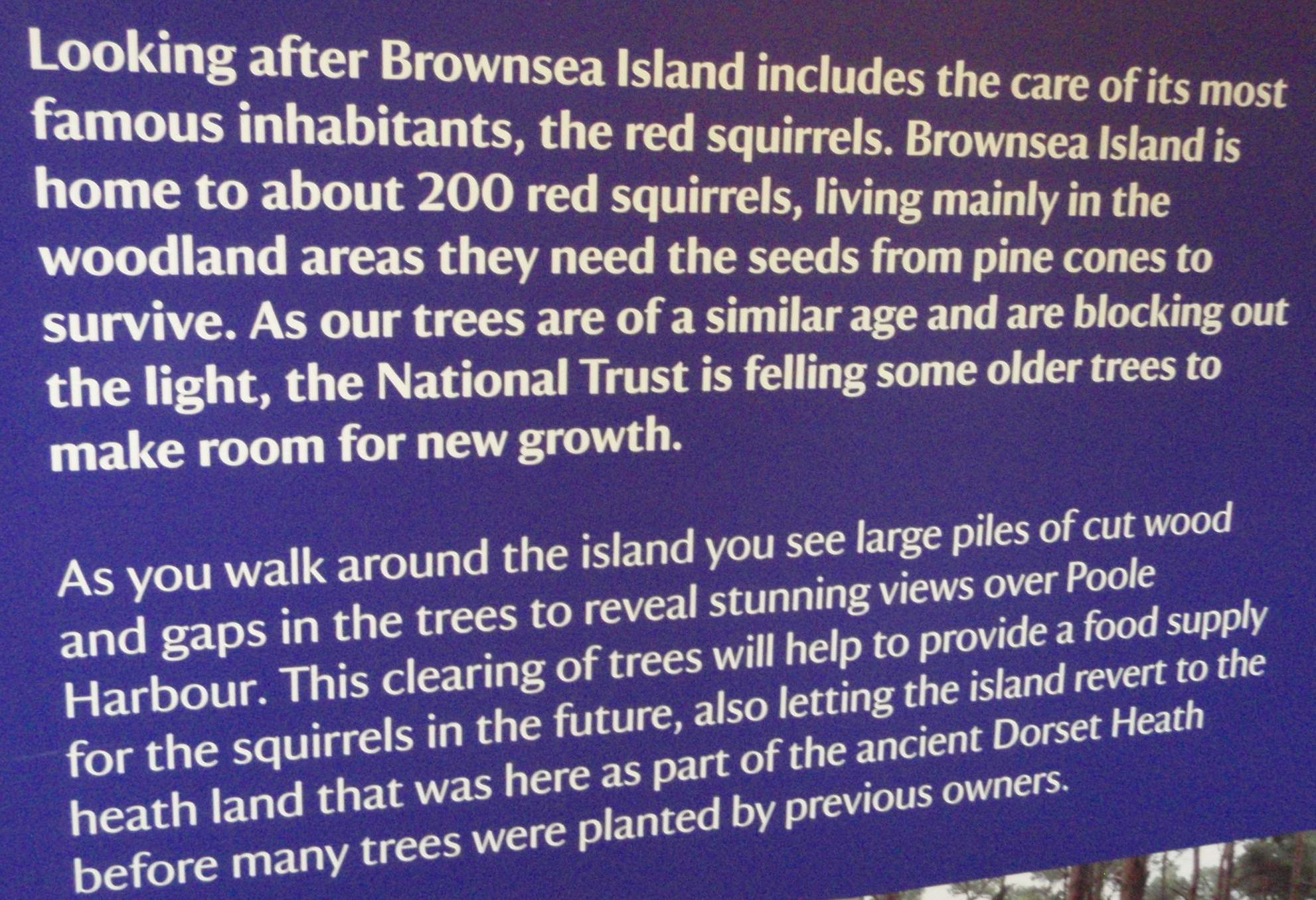
Red squirrels are said to number about 200 on the island, and are hard to spot. Nevertheless, I saw three, including one that came around a tree
from three feet away and then scampered up a tree, too fast to get a picture of. That I was able to see so many (1.5% of the island population) was probably due
to luck and the very few people on the island that day. The girl behind the counter at the National Trust shop was surprised we saw the squirrels,
apparently most people don't see any.
The lone Anglican church on the island dates from the days when people lived on the island, up to the early 1900s. There is still one mass each week on Sundays,
conducted by a minister from the mainland, for the benefit of the island's visitors.
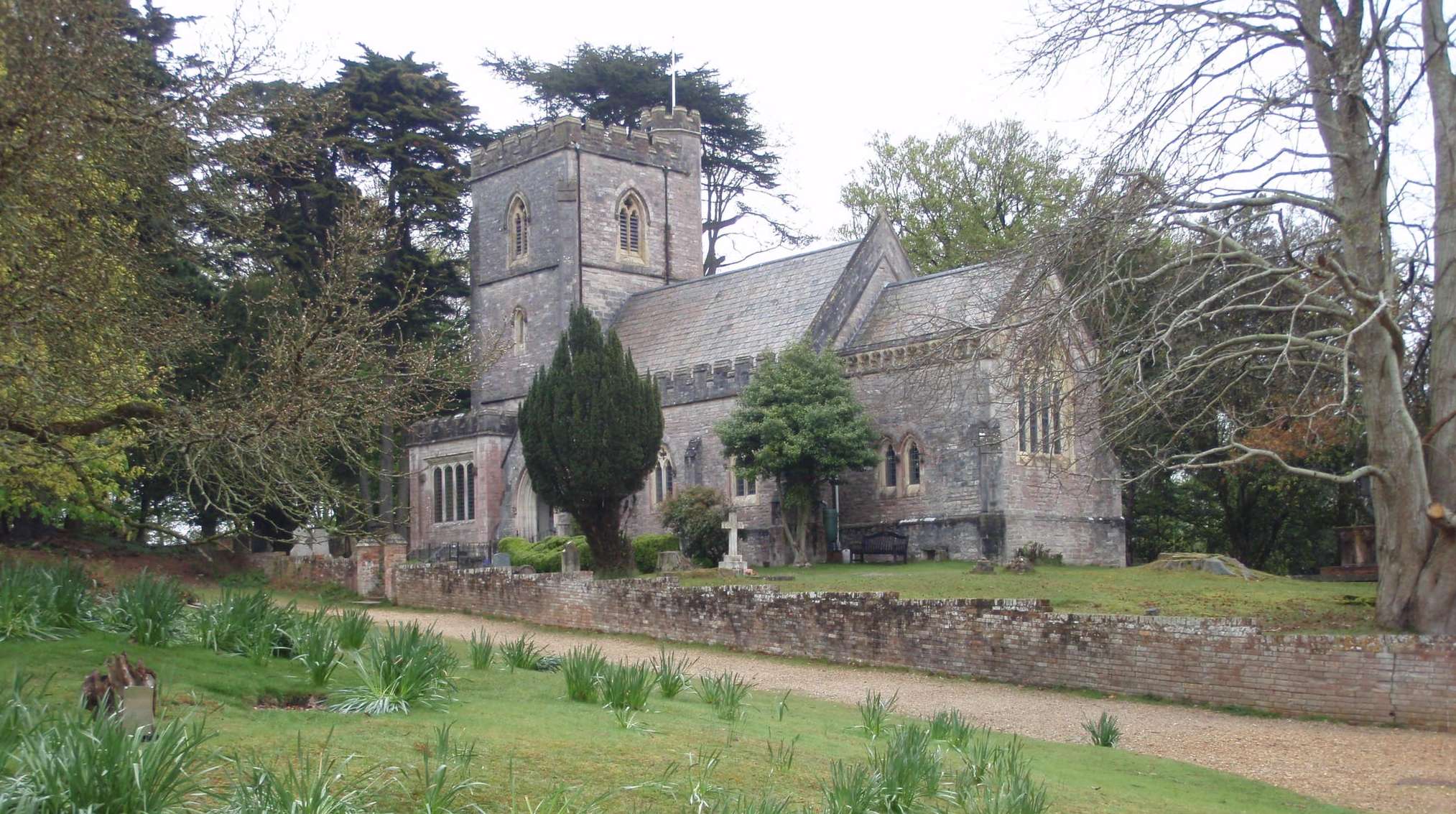
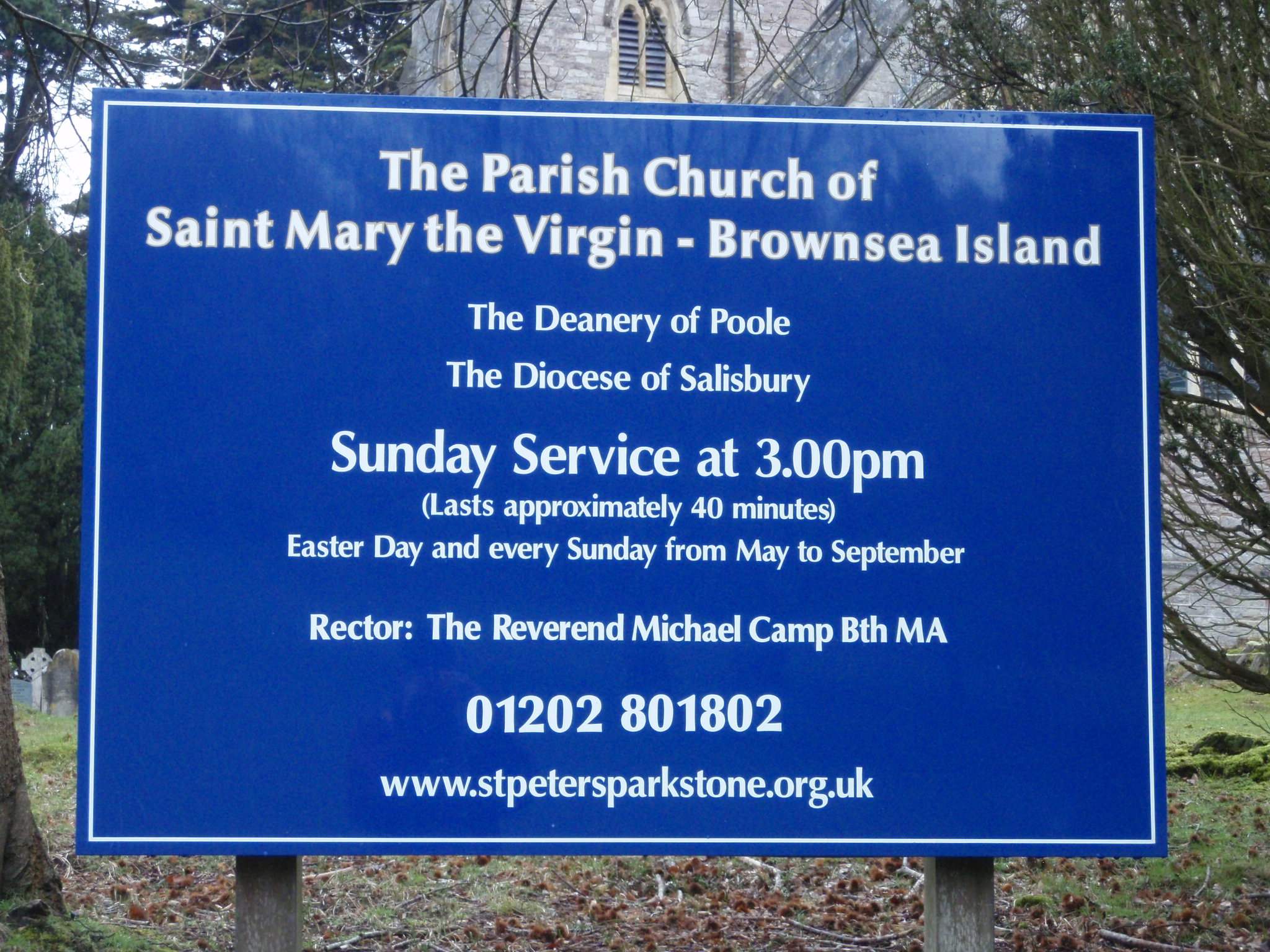
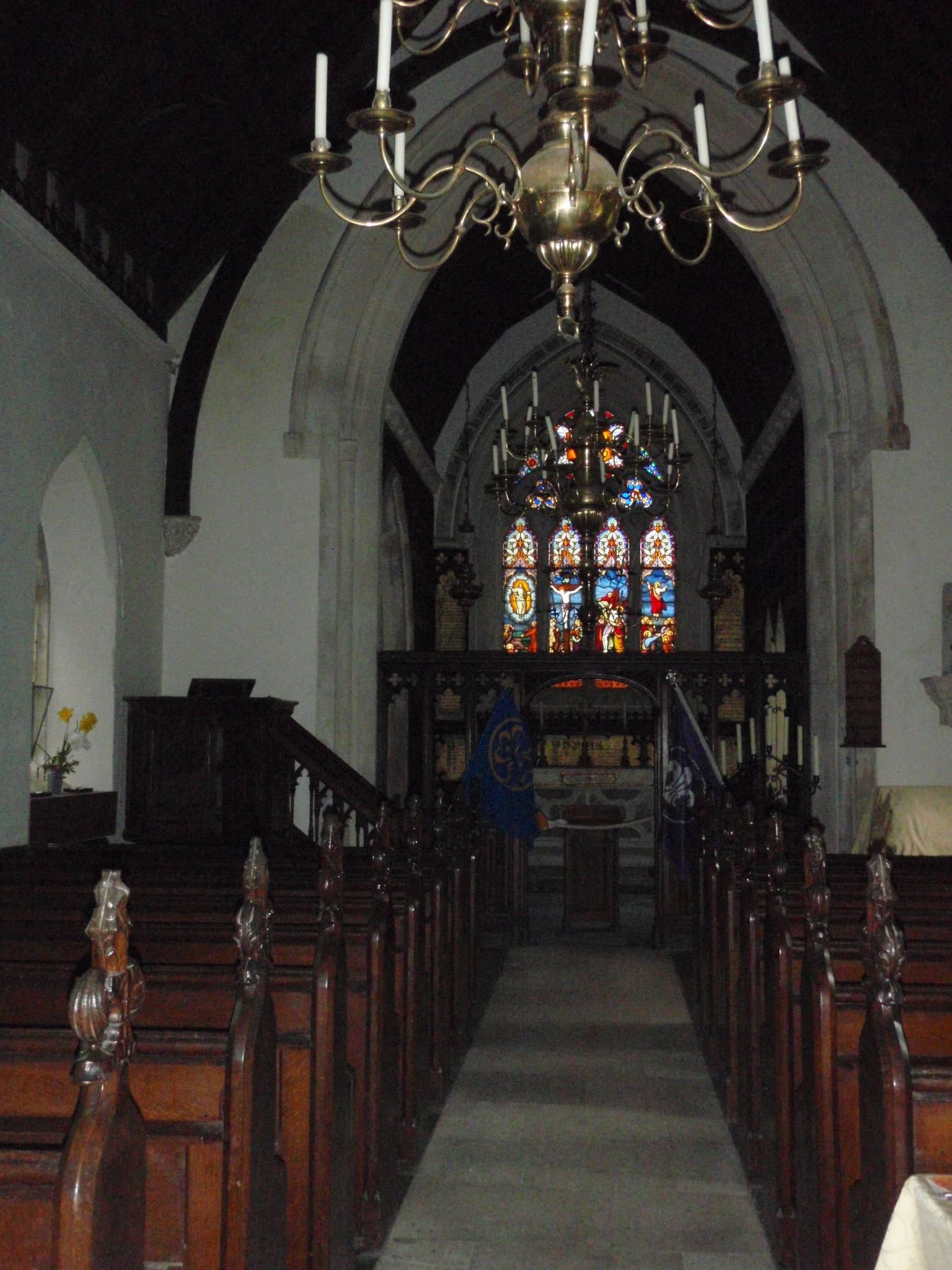
Leaving through the National Trust shop, we wait for the return ferry to Poole. And on the way out we get a better look as Branksea Castle.
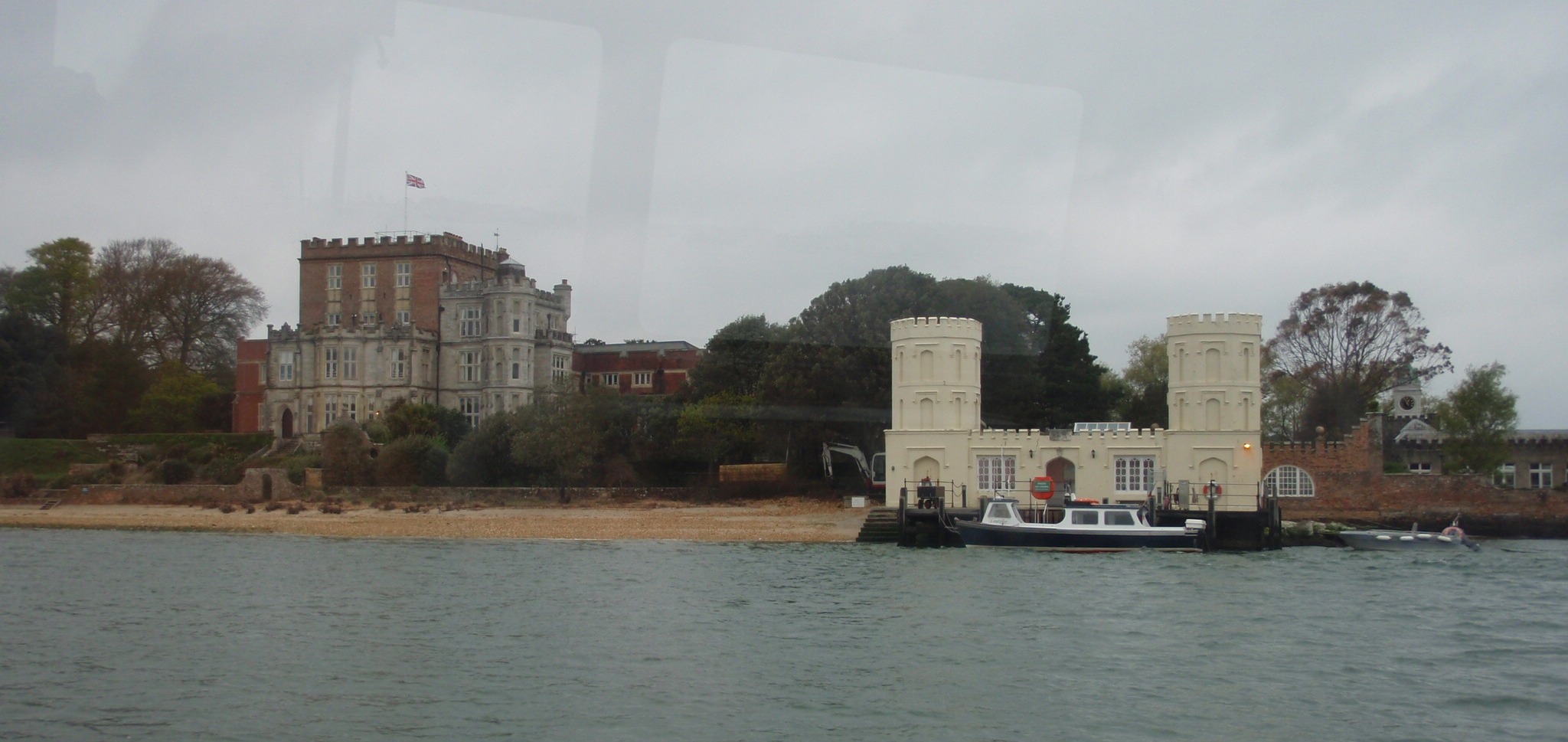
Related Information
National Trust / Brownsea Island
Dorset Wildlife Trust
Brownsea Island Scout and Guide Trading Post
| |
